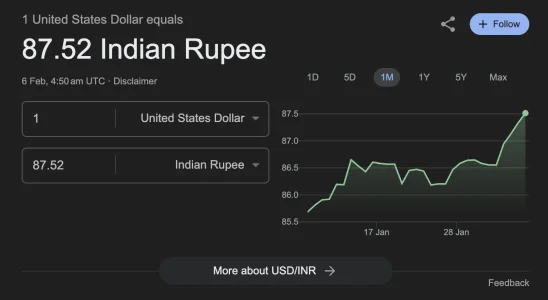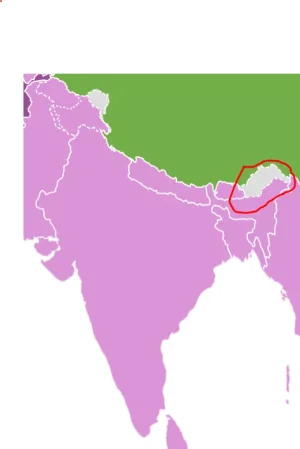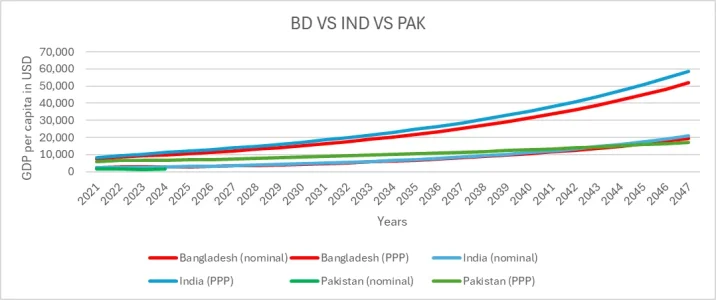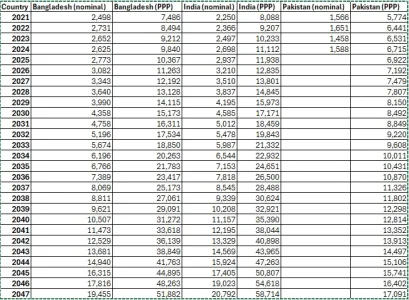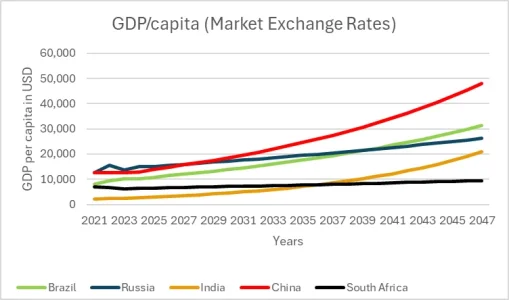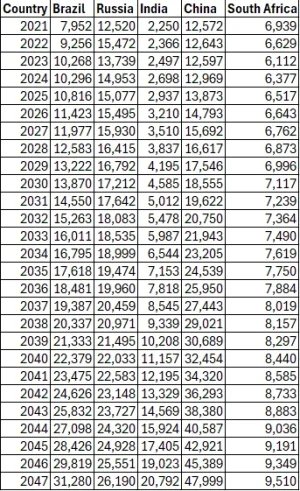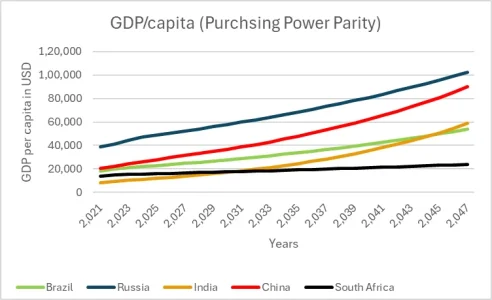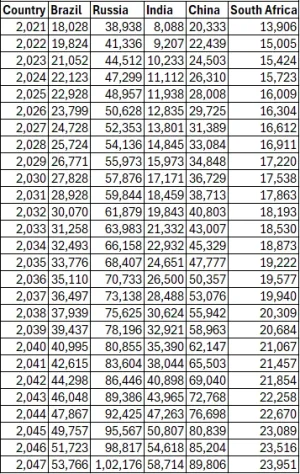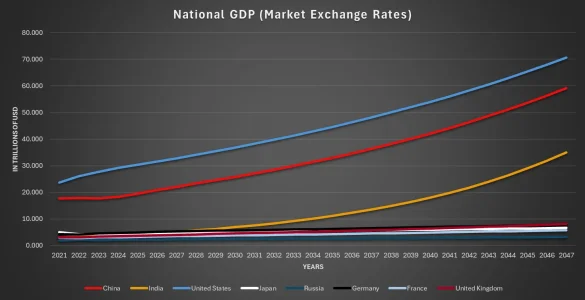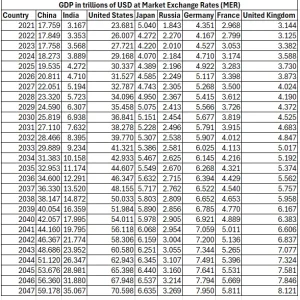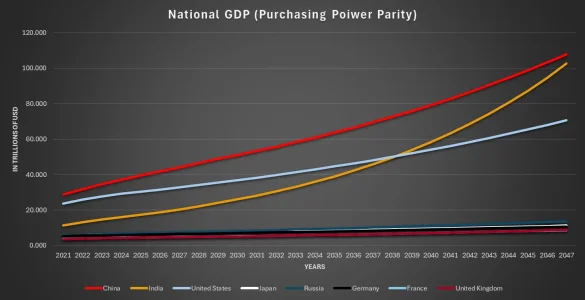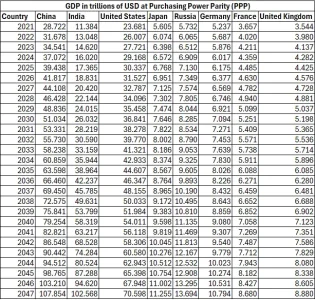- Joined
- Jun 30, 2024
- Messages
- 2,935
- Likes
- 25,526
Depends on how you define upper middle income and high income. All these are made up with 2 major flaws. Nominal GDP is made up of GDP in current prices (local currency) and assuming the data published is true, is divided by average exchange rate over the financial yer period. And PPP GDP which is calculated by no statistical agency of a country but only the likes of IMF/WB where they find out price level ratios of different countries and divide nominal GDPs with that to come up with that, again susceptible high levels of error.It's gonna be very hard for india to be high income in future.
The most we can achieve is upper/ high level middle income(PPP wise).
One of the reason west is high income is beacuse they had 3rd world manufacturing goods for them very cheaply and west having monopoly of manufacturing expensive goods that the entire world desired.
Now the prices of 3rd world manufacturing is rising and other countries are now competing against expensive western goods with their own goods.
By the time we reach upper middle income even most of africa will be lower-middile level of middle income.
Not to mention we should never have our production and industry leave in the future for long term stability.
The only way I can see is that west will slowly decline from high income high-middle level middle income countries and china will slowly rise from middle level middle Income to high level middle income, while India in future can reach middle-high level middle income country status.
Only few tiny European and asian countries( Switzerland, Singapore etc) can still be high income in future.
So the world will be most developed economically when most of its countries will fall Into " middle income" countries while few tiny countries will be high income and few poor.
Middle income can be further subdivided in lower/middle/upper levels.
Take example of UK and Turkey. UK has nearly 70 mn people, Turkey have 85 mn people. Turkey today already has a higher/similar production and consumption of automobiles, steel, cement, electricity, and even inbound foreign tourism. But in nominal terms, Turkey is still an "upper middle income country" borderline at developed levels while UK where factories are shutting down everyday, consumption and production of steel, automobiles etc is declining is a high income advanced economy, simply because of the strength of the british pound (colonial legacy).
Another example is of china, where their consumption and production of major goods and services is comparable to major western european economies and is catching up with USA, but on paper, it's GDP per capita is less than a quarter of UK. Technically, china is already a developed country but nominal terms make it appear as some middle income one. Basically, exchange rate strength decides your status as per WB definitions where countries with much lower goods and services production volume can still have far higher GDP per capita than others.
Then there's the case of fakery, with countries in our islamic neighbourhood and subsaharan africa exaggerating GDP numbers of multiple times with nobody giving af. Countries that produce and consume nothing have as high GDP per capita as India and hence the typical troll trope of "India is good as sub saharan africa and rest of south asia".
The west had a very great headstart in industrial production, as evident here.
List of countries by steel production - Wikipedia
List of countries by motor vehicle production - Wikipedia
USA used to produce 8 million vehicles and 115 mn tonnes of steel when we were producing 14,000 vehicles and 6 mn tonnes of steel with 3x more people.That was 60 to 70 years ago. Look at other countries on the list to see how big of a shithole India was after colonial exploitation and how much of a gap we've reduced significantly.
Whether people agree with me or not, ideally India will be a developed country the day it crosses 5 MWh electricity consumption per capita.




